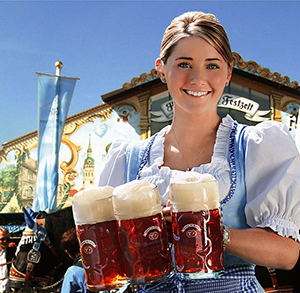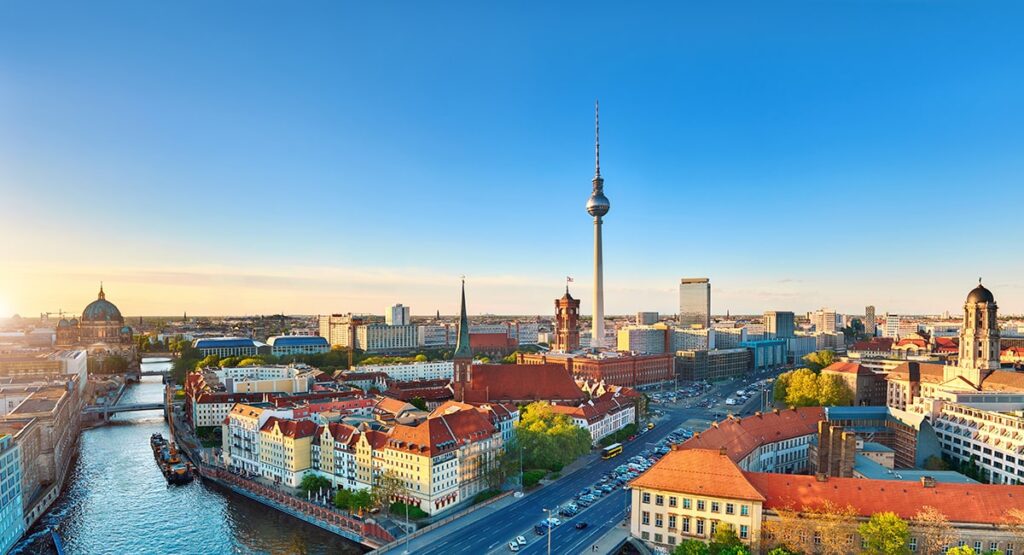- Prostitution: Not only is prostitution legal in Germany, but there is actually an option to have the state pay for you to visit a prostitute. If you are disabled, the German state will pay for your visit to a prostitute.
- Permission: Prostitution is allowed, but Germans are a regular people, so it’s not something that goes unchecked. Therefore, prostitutes must obtain a work permit to perform their services in vending machines on the streets of the country.
- The middle finger: Showing the infamous middle finger in a negative salute is illegal in Germany. Even if you’re seen doing it in your car, you can be tracked down and receive a letter from the police – along with a fine.
- Thumb: While we’re on the subject of fingers, we might as well include the thumb. What does it mean if you turn it upwards on a bar? That everything is okay? The waiter will think you’re ordering a unit of something. In Germany, you use your thumb and not your index finger to indicate that you want to order an item.
- Oktoberfest: Germany is best known for their big Oktoberfest, which is famous for copious amounts of beer, socializing and plenty of rides and fun. But Oktoberfest is actually a tribute to a wedding celebration that took place in 1810, which is then celebrated again every year. Talk about the party that never ended.
- Crime: Germany is trying to come to terms with its bloody past, especially during World War II. Therefore, among other things, it is a criminal offense to deny the Holocaust, and you are not allowed to decorate or otherwise display a swastika.
- Castles: There are an incredible number of castles in Germany. In fact, there are over 20,000 in many different styles. One of these castles actually inspired Disney to create its well-known logo with the arch over a castle.
- Boundaries: Germany borders quite a few countries. Nine countries, to be precise. In addition to Denmark of course, these countries include: France, Switzerland, Belgium, Luxembourg, Austria, Czech Republic, Poland and the Netherlands.
- Capital city: Most people can probably figure out that the capital of Germany is Berlin, but did you know that the country has had other capitals throughout history? Former capitals include Aachen, Nuremberg, Frankfurt, Regensburg, Bonn and Weimar.
- German: In several other countries, German is actually the official language. These countries include Austria, Switzerland and Lichtenstein. And if you think it’s something special that we teach German in Danish primary schools, German is actually the third most taught language in the world.

Fact: The windmill was invented in the Netherlands in the 1500s. Pictured is a wind turbine in the Netherlands.





